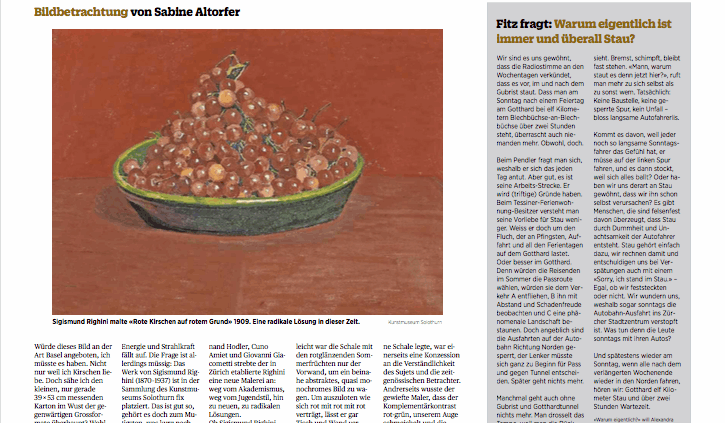How to become a “master” taster
The challenge of becoming a “Master” taster
This year’s Master of Wine exams have just taken place as usual in the first week of June, a time of year which for me brings back stressful memories!
In 3 days of tasting exams, prospective new Masters of Wine need to prove that they are highly accomplished wine tasters by tasting a total of 36 wines “blind”, and achieving an overall score over 70%. These exams are the culmination of many months of intense training of one’s nose and palate, just as a top athlete must train his body to achieve perfect performance in an Olympic games, or a trainee lawyer or accountant must hone his mental powers on the build up to his professional exams. Always at the back of one’s mind is the knowledge that only a very small percentage of students actually pass the tasting exams each year.
Contrary to what people may think, the MW student does not need to identify precisely each wine tasted. For wines from the world’s classic regions (Bordeaux, Burgundy, Rioja, Tuscany etc) they need to assess correctly the wine’s region of origin (eg Pauillac, Bordeaux), vintage and level of quality within that region (eg a 2ème Cru Classé retailing at around CHF120/bt.) But they are not expected to recognise that the wine is Chateau Ducru Beaucaillou, for example. For wines from all other wine producing regions, the key is to describe correctly each wine’s attributes, style, quality and ageing potential and then reach a logical and accurate conclusion as to its origin, grape varieties and approximate price.
So what are the benefits of learning to be a “Master taster”?
Most wine drinkers imagine it is to be able to identify any wine blind, so you can wow your friends/guests/customers forever more with your amazing tasting powers! But in reality, nobody can do this infallibly, however gifted they may be, and anyway, on its own this is not a skill which really adds that much value to the role of a wine merchant or wine sommelier when dealing with their customers.
The real benefit of the MW wine tasting training is that it gives you a rock-solid understanding of how to assess and judge a wine’s quality and value. In the end, it is the search for really good quality – at varying price points – which is the overriding goal of most wine lovers. The following are the key attributes one should consider when judging a wine’s quality:
1) The length of the finish or aftertaste once the wine is no longer in your mouth – the longer the better!
2) Its complexity – the number of different flavours and sensations a wine gives you is directly related to its complexity, and again, the more the better. For example a Grand Cru Burgundy should have significantly more complexity than a simple Bourgogne Rouge from the same producer.
3) The balance between the key components of the wine – its fruit and oak flavours, acidity, tannin and alcohol levels. No one component should stand out too obtrusively, and the more you have of each, the longer the potential life of that wine.
4) Its intensity and concentration of flavour – generally the higher the better.
5) Its sense of place and “minerality” – important in assessing the classic wines of the world, in particular Burgundy and the Mosel. Pinot Noir, Chardonnay and Riesling are the grapes which are capable of expressing their unique terroirs more vividly than any others.
Why not try the following 3 wines for yourself, which come from this year’s MW white wine tasting exam, and see if the above guidance helps you assess their quality!
WINE TIPS
Trimbach Muscat Réserve, Alsace, France 2014 CHF 17.50/75cl from www.cavedereve.ch
Pazo de Villarei Albarino, Rias Baixas, Spain 2014 CHF 18.00/75cl from www.vogelsangerweine.ch
Georges Vernay Condrieu, Coteau de Vernon, Rhône, France 2014 CHF 95.00/75cl from www.de.millesima.ch




Leave a Reply
Want to join the discussion?Feel free to contribute!